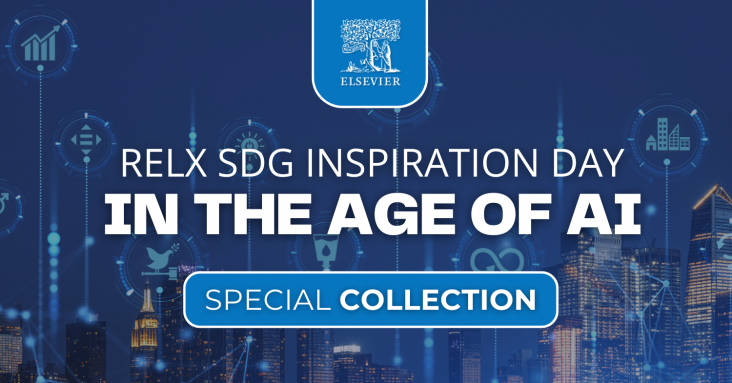This content aligns with Goal 3: Good Health as well as Goal 10: Reduced Inequalities by providing research on disabilities to help prepare for future public health disasters. It also promotes inclusive leadership and implementation that considers the needs of people with disabilities.

This study, led by Indigenous scholars at the University of Queensland, examines the health and social outcomes of Indigenous peoples and health workers during pandemics in urban settings. The study incorporates systems thinking, emphasising new approaches to complex problems. The research highlighted systemic challenges in pandemic responses, emphasising the need for policy reform, particularly in areas like housing.
